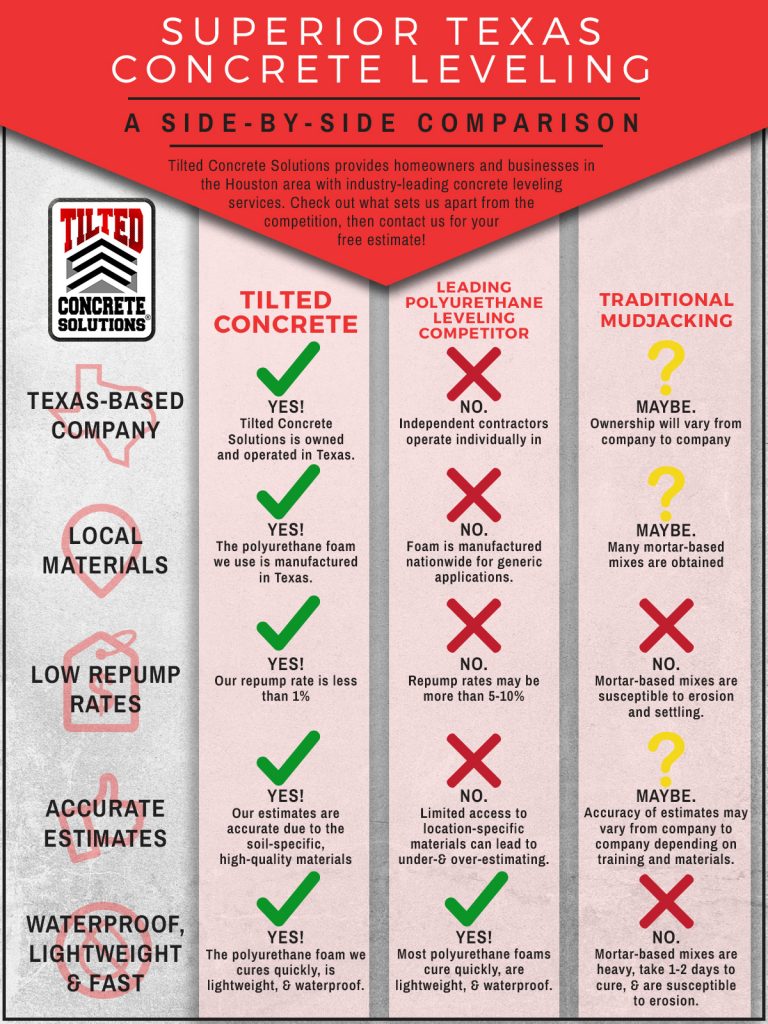Seasonal Factors In Commercial Exterior Painting: Key Insights You Ought To Understand
Seasonal Factors In Commercial Exterior Painting: Key Insights You Ought To Understand
Blog Article
Content By-Burnham Skafte
When you're planning a commercial outside paint project, seasonal aspects can make or damage your outcomes. You'll want to consider exactly how temperature level and humidity effect paint application and drying times. Choosing the appropriate period can guarantee your paint adheres properly and lasts longer. Yet which seasons are genuinely the most effective for this sort of work? Allow's discover the crucial elements that can impact your project's success.
The Effect of Temperature on Paint Application
When you're intending a business outside paint task, the temperature level can substantially influence just how well the paint sticks and dries out.
Preferably, you wish to paint when temperatures range between 50 ° F and 85 ° F. If it's too cold, the paint might not cure correctly, bring about problems like peeling off or splitting.
On the flip side, if it's also hot, the paint can dry out too quickly, protecting against correct bond and leading to an unequal surface.
You must additionally take into consideration the moment of day; morning or late afternoon uses cooler temperatures, which can be extra positive.
Constantly examine painters for the particular paint you're utilizing, as they usually give advice on the ideal temperature level variety for optimal results.
Moisture and Its Impact on Drying Times
Temperature isn't the only ecological factor that influences your commercial outside painting job; humidity plays a considerable function too. High moisture degrees can decrease drying out times significantly, affecting the general high quality of your paint job.
When the air is filled with wetness, the paint takes longer to cure, which can bring about problems like bad adhesion and a greater danger of mildew development. If you're painting on a specifically damp day, be prepared for extended delay times between layers.
It's vital to keep track of regional weather conditions and plan appropriately. Ideally, aim for humidity degrees in between 40% and 70% for optimum drying.
Keeping https://original.newsbreak.com/@tonya-mickelson-1604911/2913345345117-decorating-with-a-calming-sage-green-room-aesthetic-in-the-home in mind guarantees your job remains on track and delivers an enduring surface.
Best Seasons for Commercial Exterior Paint Projects
What's the best season for your business outside paint jobs?
Springtime and early fall are commonly your best bets. During these seasons, temperature levels are light, and humidity degrees are typically lower, creating optimal problems for paint application and drying out.
Avoid summertime's intense heat, which can trigger paint to completely dry also quickly, resulting in poor adhesion and finish. Similarly, winter months's cool temperature levels can prevent proper drying and healing, taking the chance of the long life of your paint work.
Aim for days with temperature levels in between 50 ° F and 85 ° F for optimal outcomes. Remember to check the neighborhood weather forecast for rainfall, as damp conditions can ruin your task.
Planning around these variables guarantees your painting task runs smoothly and lasts much longer.
Final thought
In conclusion, planning your commercial external paint jobs around seasonal factors to consider can make a significant difference in the result. By scheduling job throughout the excellent temperature levels and humidity levels, you'll make certain better attachment and drying out times. Keep in mind to watch on regional weather prediction and select the correct time of year-- springtime and very early autumn are your best choices. Taking these actions will certainly help you accomplish a resilient and expert coating that lasts.
